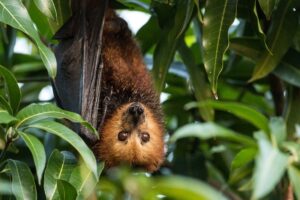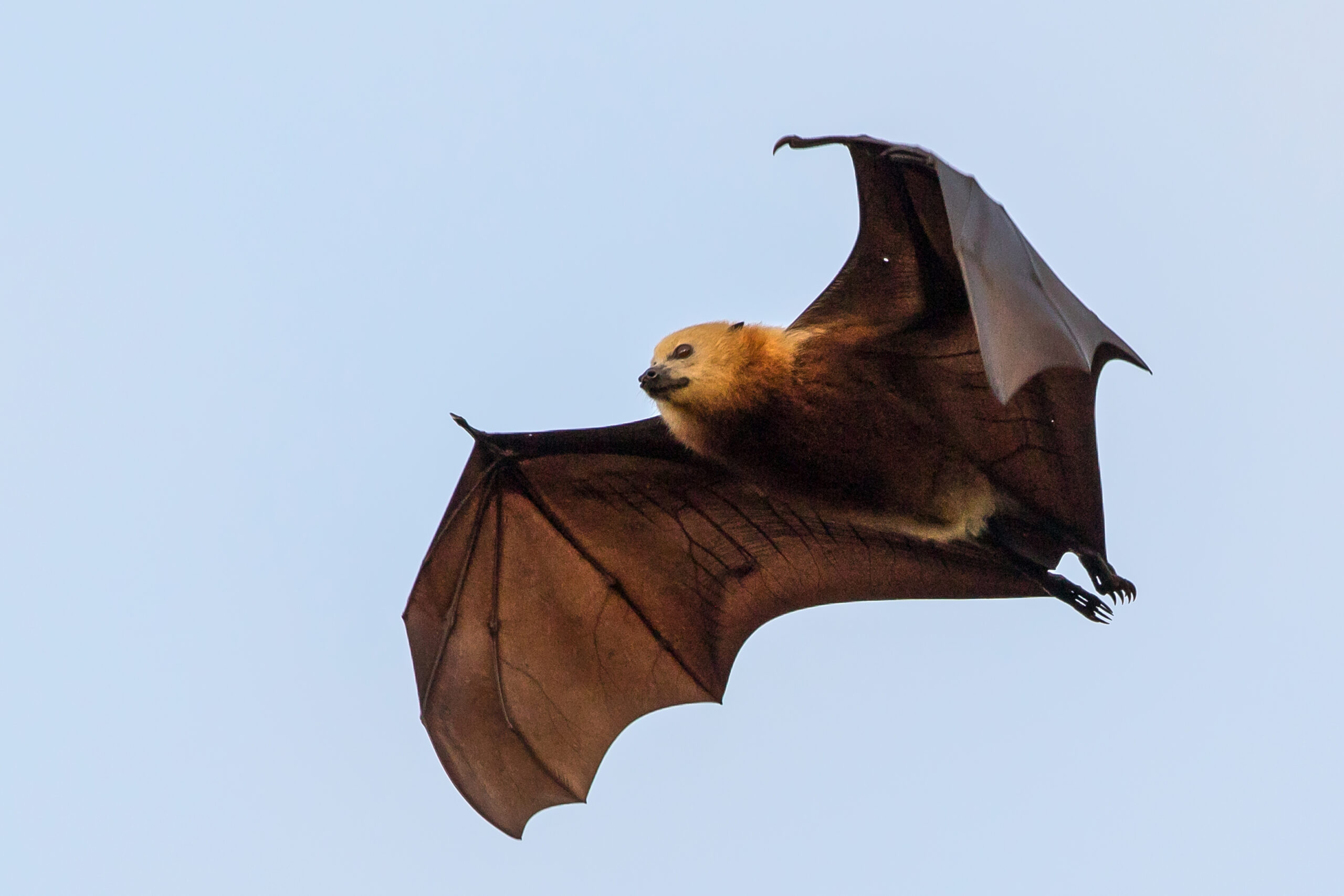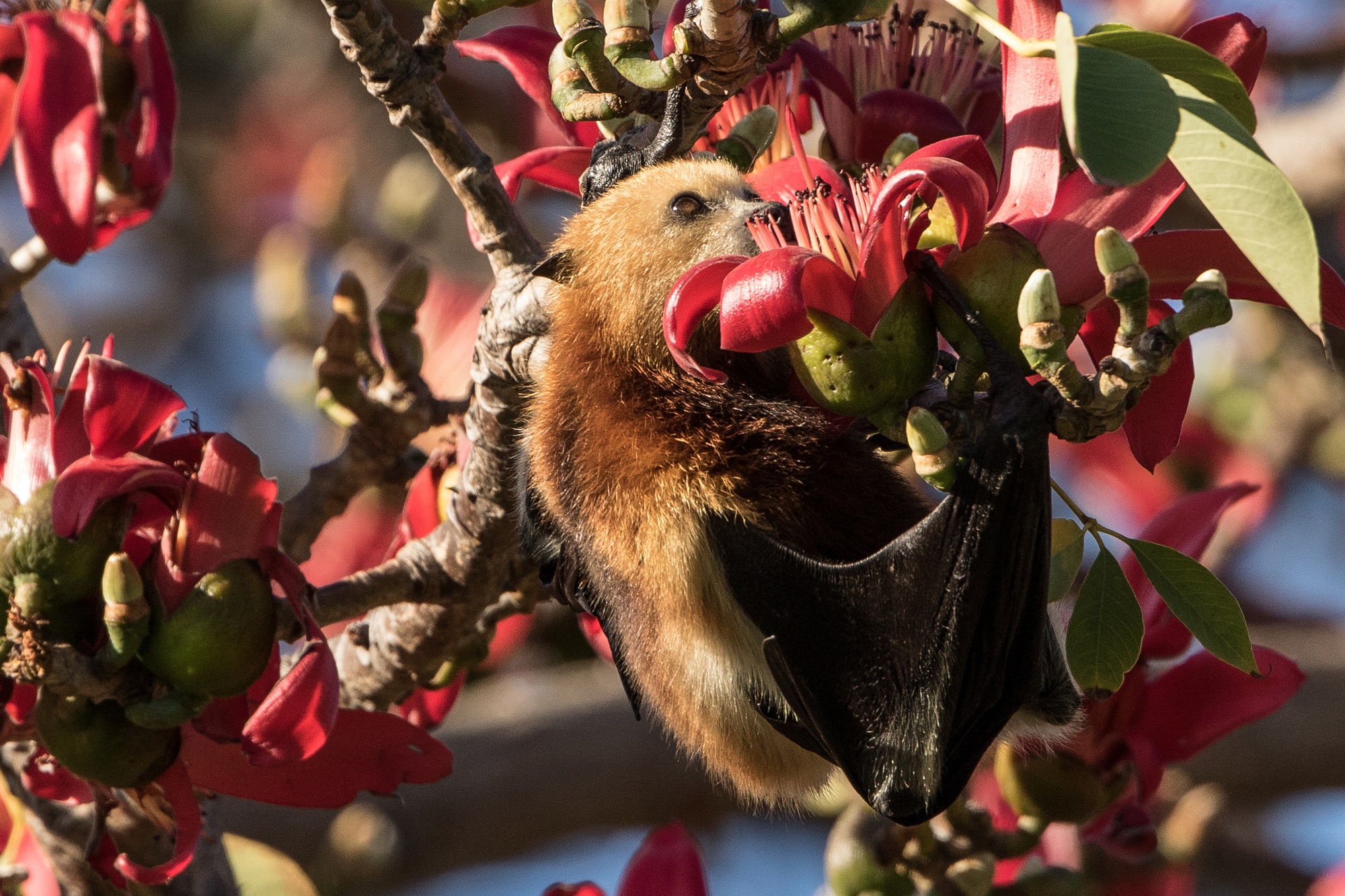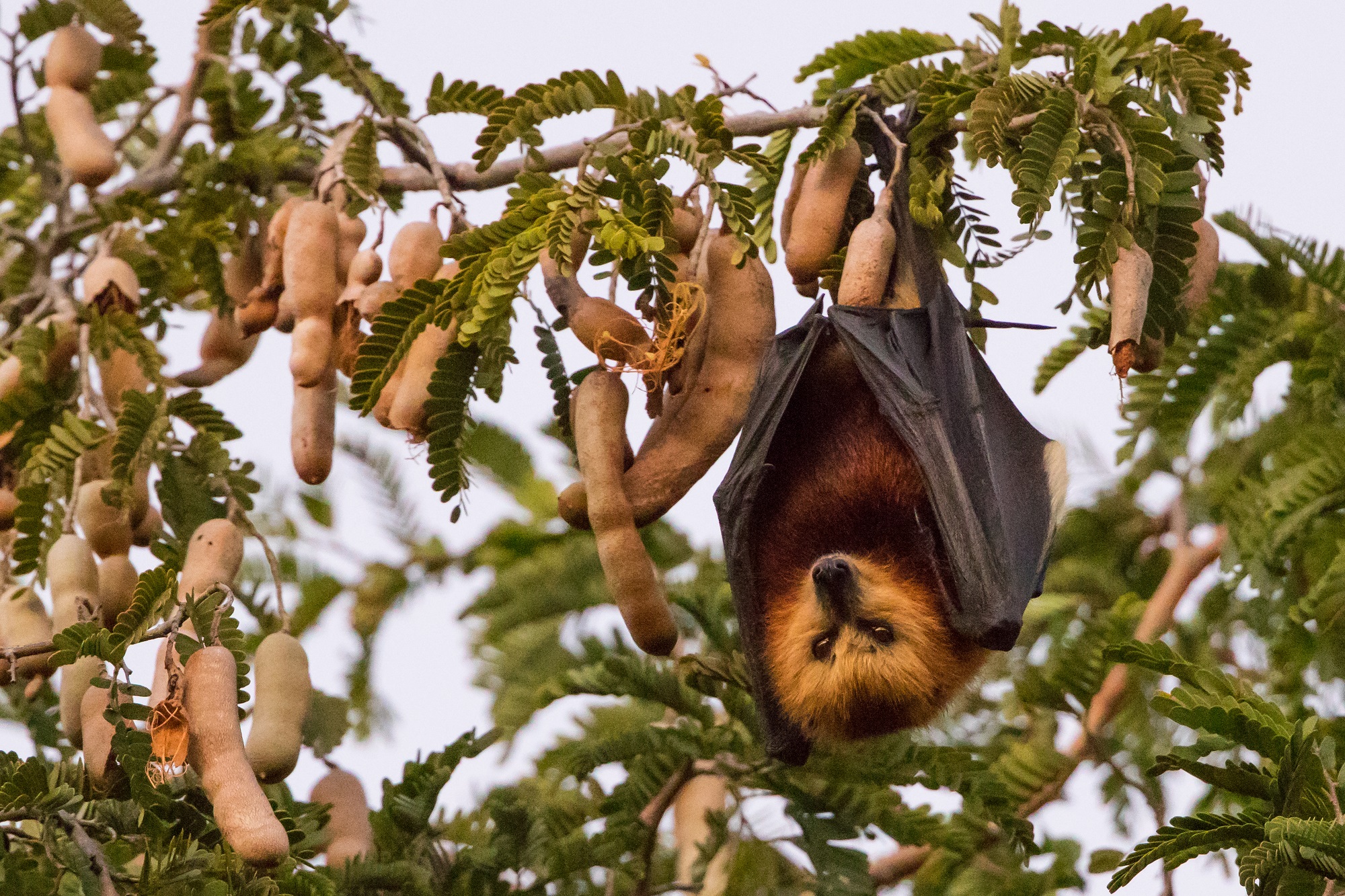Researchers from the Universities of Luxembourg, Mauritius and Texas Tech have recently published their findings in the selective journal Annual Reviews of Ecology, Evolution and Systematics. In this paper, they demonstrate that large old world fruit bats are essential for tropical ecosystems but face multiple threats which accelerate their decline. They analyse the causes and consequences and propose some solutions.
Key role in plant reproduction
Large Old World fruit bats (LOWFBs), also called “flying foxes”, belong to a large family of plant-eating bats which inhabit the paleotropics with many species endemic to islands such as Madagascar, Malaysia, Australia, New Caledonia, and Japan. “As their diet includes floral resources like nectar and as they are able to disperse a wide range of seeds from fleshy-fruited plants, often over considerable distances, we think that LOWFBs play important roles in plant reproduction. For instance, the bats disseminate seeds of canopy or fig trees, and these plants play important ecological roles that help support populations of myriad species. On islands more particularly, LOWFBs most often represent the last remaining ‘megafauna’ and their function in ecosystems cannot be replaced by other animals in case of extirpation”, explains Prof. Christian Vincenot from the Department of Engineering at the University of Luxembourg.
Major threats
The major threats to bats worldwide are hunting, land-use change, habitat degradation, climate change, invasive species, urbanization, and persecution. Compared to other species, LOWFBs are disproportionately affected by all major threats and constitute the most threatened group of bats in the world. Many threats facing LOWFBs, like hunting and persecution, are stark and direct and legitimately attract the greatest attention. However, certain more insidious threats are also starting to emerge, such as the influence of invasive alien plants and animals, which is disrupting the mutualism between LOWFBs and plants. Those threats appear to be emerging predominantly from small oceanic islands like Mauritius.
Future directions
Protection of foraging and roosting resources can allow these habitats to support larger populations, buffer populations in times of food shortage, provide refugia from disturbance, and generally keep bats separate from people to minimize conflict. In addition, population estimates, trends, and models to assess the current and future status of species and populations and evaluate the potential and actual success of interventions are urgently needed. It is also crucial to raise awareness among local communities about the keystone role of these species and their importance to the viability of local plant populations and ecosystems. In parallel, the legislation should be reinforced to better protect them. Furthermore, captive breeding may be needed as part of a multi-faceted action plan for some species, particularly when numbers are very low. Finally, the development of a multinational network is strongly recommended to coordinate efforts and exchange good practice.
Pictures ©Jacques de Spéville



